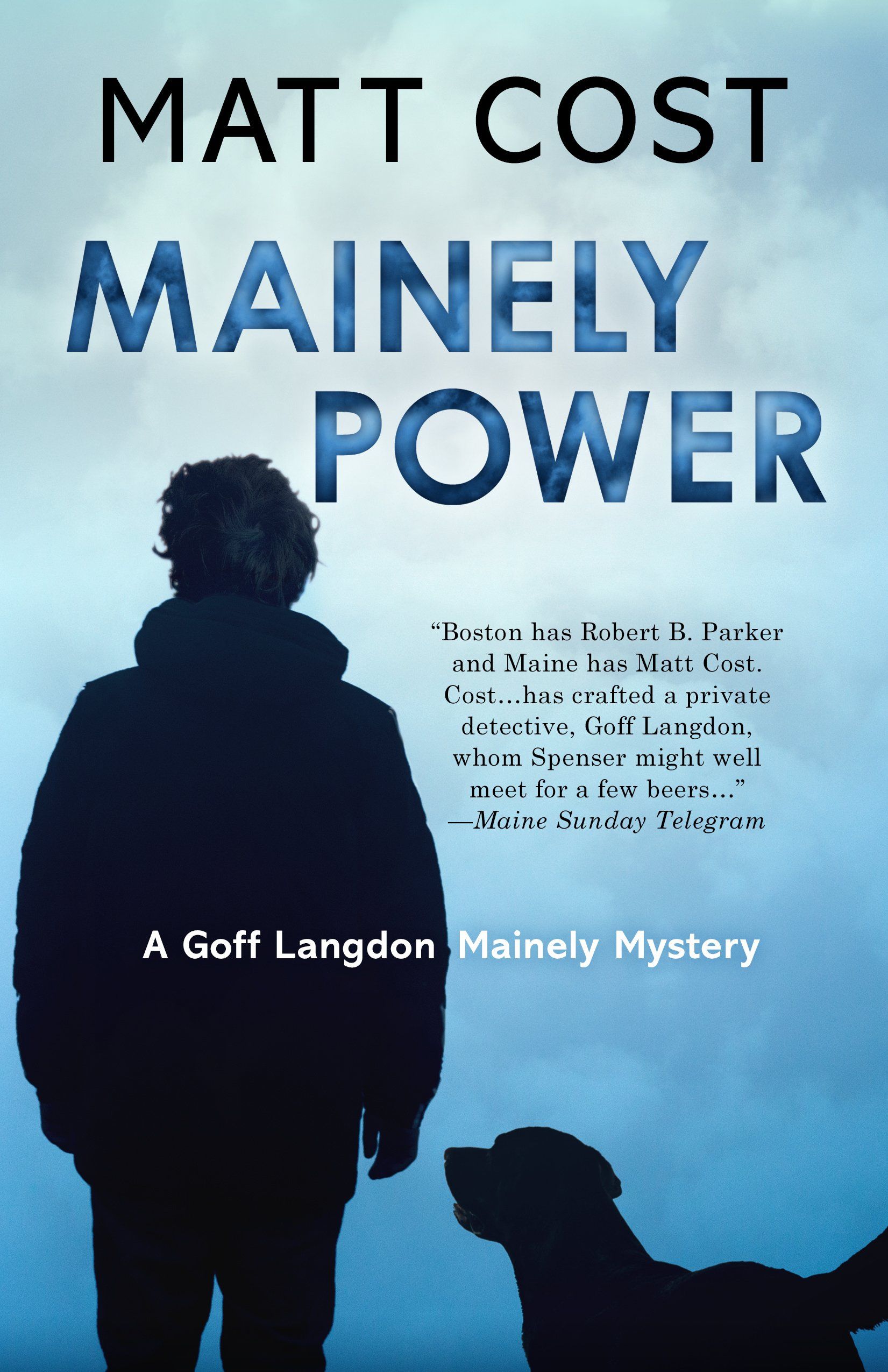Blogs by Matt Cost












The Clay Wolfe/Port Essex series follows the highly lauded Mainely Mystery series by Cost. Acclaimed author Gerry Boyle selected the first in that series, Mainely Power, to be the Maine Humanities Council Read ME fiction book of the year. “I settled in with the colorful cast of this midcoast tale and felt that pang that good crime fiction gives you—you bear down on the resolution with the reservation that part of you doesn’t want the story to end.”—Gerry BoyleNew Paragraph
Matt Cost was a history major at Trinity College. He owned a mystery bookstore, a video store, and a gym, before serving a ten-year sentence as a junior high school teacher. In 2014 he was released and began writing. And that’s what he does. He writes histories and mysteries.
Cost now lives in Brunswick, Maine, with his wife, Harper. There are four grown children: Brittany, Pearson, Miranda, and Ryan. A chocolate Lab and a basset hound round out the mix. He now spends his days at the computer, writing.








